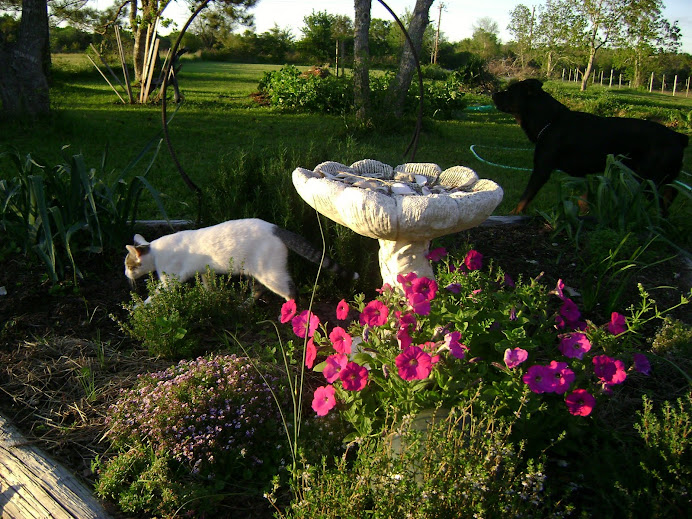The most common aggressive weeds in farming and agriculture are Ragweed and Pigweed. Both weeds can consume crop fields and cause a significant loss in production.
It is because of these weeds that farmers have reached out to using chemicals to combat this problem. The most significant weed killer today is Roundup.
Farmers have also reached out to growing GMO crops which requires Roundup. It's a package deal made ready by the Corporate Monsanto.
If we are to eat healthy organic food and drink untainted water then farmers must begin to reach out to other methods for growing food.
Fortunately some Urban and Rural Farmers and Gardeners have discovered a back to the grass roots method for growing called Permaculture.
Permaculture is a system for growing food that requires working with all that nature provides instead of against it.
It also requires us to pay attention to nature and to constantly learn from it. This is how our Native Americans survived and I've found it can be a celebration in life and very rewarding.
Ragweed is very simple to work with. It can be very beneficial towards your growing efforts when used correctly.
In the photo above we have harvested the ragweed before it went to bloom. We did this by chopping it (not pulling by the roots).
We then lay it out in our walkways between the rows or mounds that are planted. This helps smoother out unwanted weeds and adds nitrogen rich green matter back into the soil.
By chopping the ragweed instead of pulling it out, we are rewarded with the roots rotting in the soil. This causes the soil to loosen and open up for future plantings.
We harvest before the ragweed blooms so it cannot spread any of its seeds throughout the fields where we don't want it to grow.
We have favored letting the ragweed reproduce itself behind our barn and in small sections around the perimeters where we can keep it in check.
Historically, Ragweed was prized and even cultivated by Pre-Colombian North American Indians. Researchers have found however that the cultivator's during the earlier periods had seeds 4 to 5 times larger than our modern day natives and might indicate selective breeding by the Indians.
They were valued then and still are today for the oils from the seed that are said to have better drying properties than Soya Beans.
The plant has been cultivated by the Native Americans for medicinal purposes as well as a food source. It is said that the leaves are very highly astringent and have been used externally to heal wounds and insect bites.
It is also said that the leaves are made into a tea for treating all sorts of ailments such as fever and colds.
This photo will explain the permaculture method for controlling Pigweed (Amaranth). Here you find we grow plenty of Triticale, which is a naturally pollinated Rye/Wheat.
Rye residue has been studied and proven to help control pigweed. Many have discovered planting cover crops of winter rye grass or a spring rye will greatly reduce pigweed production.
What we have found is by growing the spring rye crop we can provide a thick mat of hay mulch for our summer crops. It also supplements to our poultry feed and their nesting boxes.
We also grow plenty of beneficial herbs and here you see the cilantro all in bloom with its tiny white flowers. It will bring in many beneficial insects as well as deter the harmful ones. The cilantro will also smoother any unwanted weeds.
Both the Triticale and the Cilantro provide food as well as purpose.
Historically many species of wild and undomesticated Pigweed Amaranth was used for food and for medicine by the Native Americans. You can read more at Texas Beyond History .
The Cherokee utilized amaranth foliage to reduce hemorrhaging, reduce diarrhea, and to treat ulcerated wound.
Happy Gardening!
Pammy










































No comments:
Post a Comment